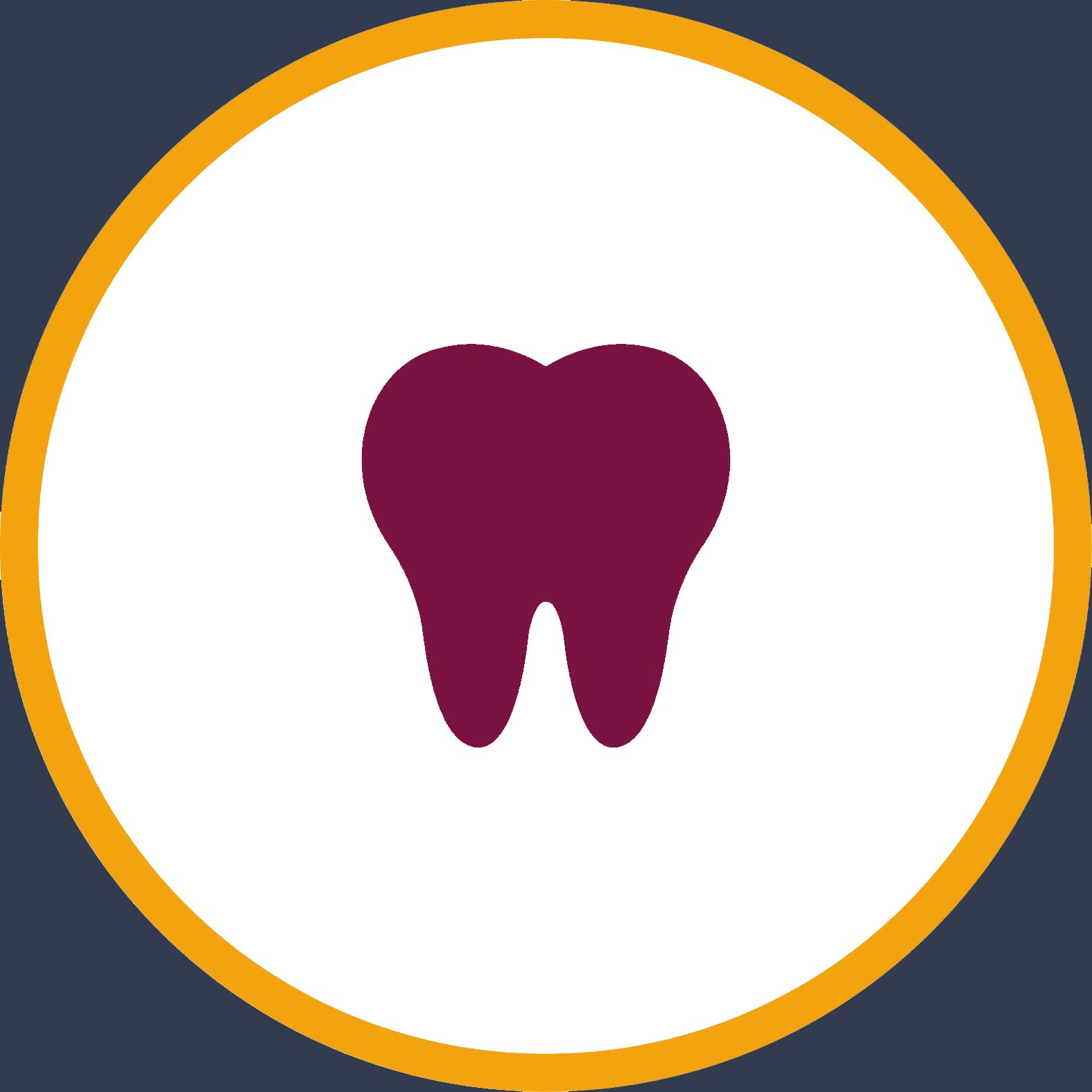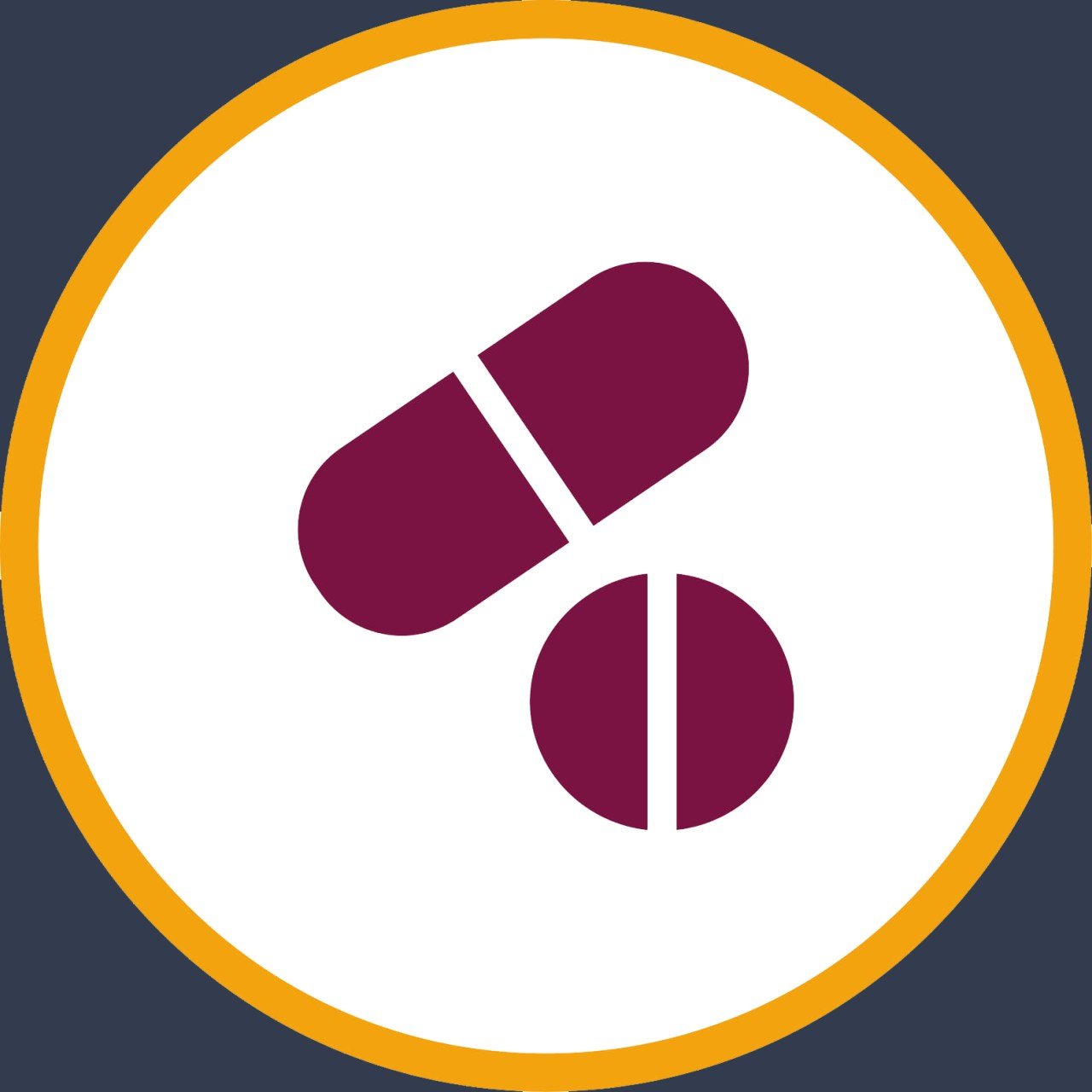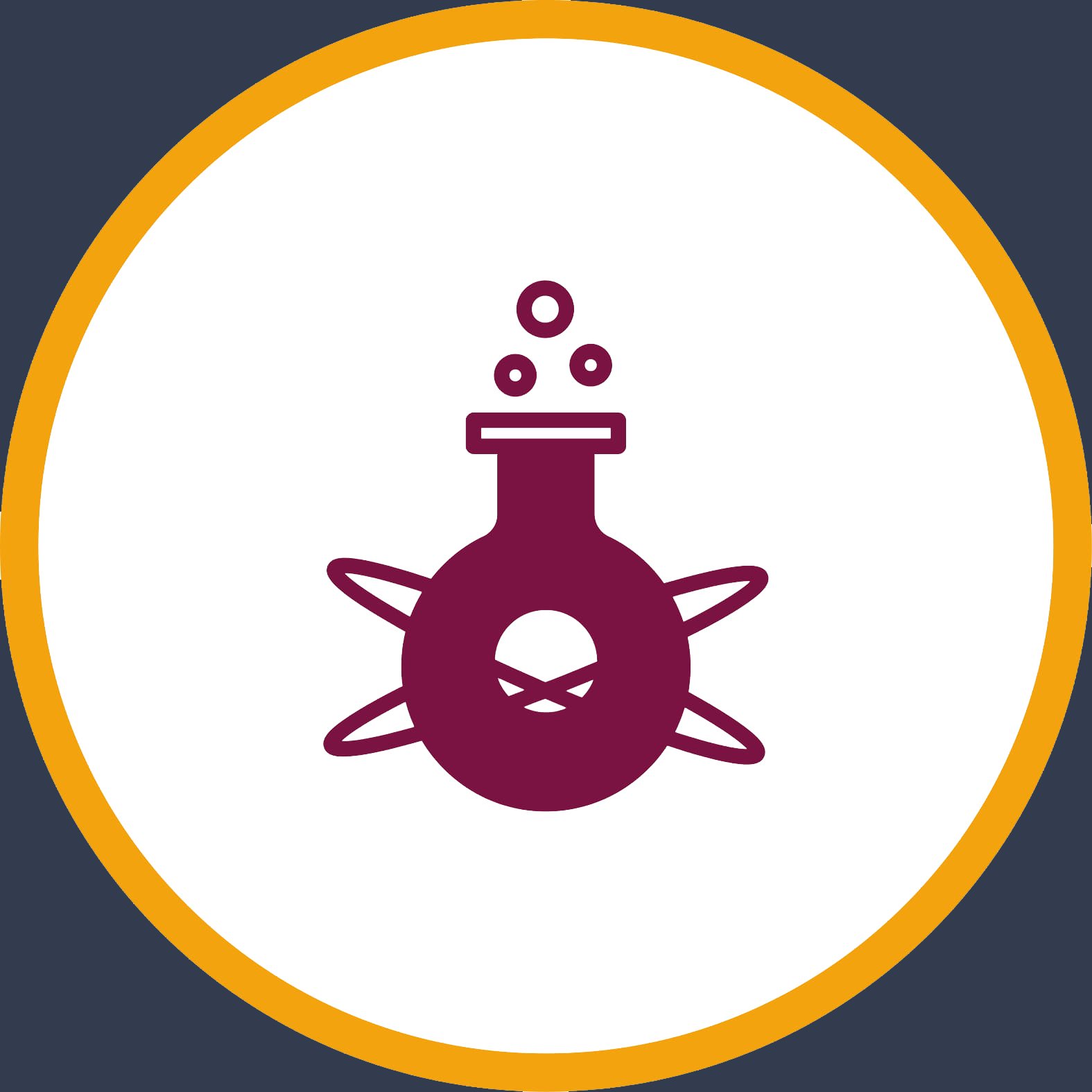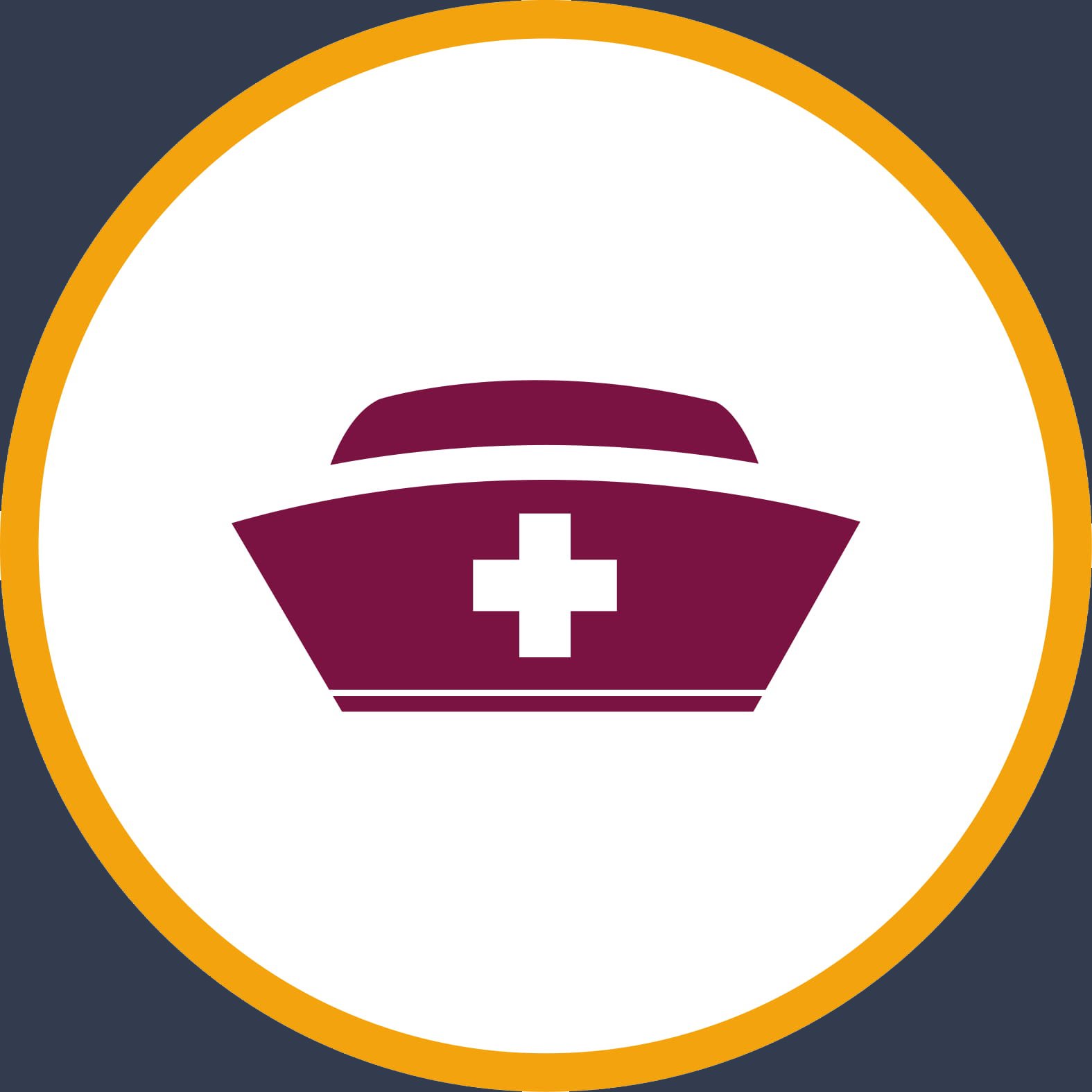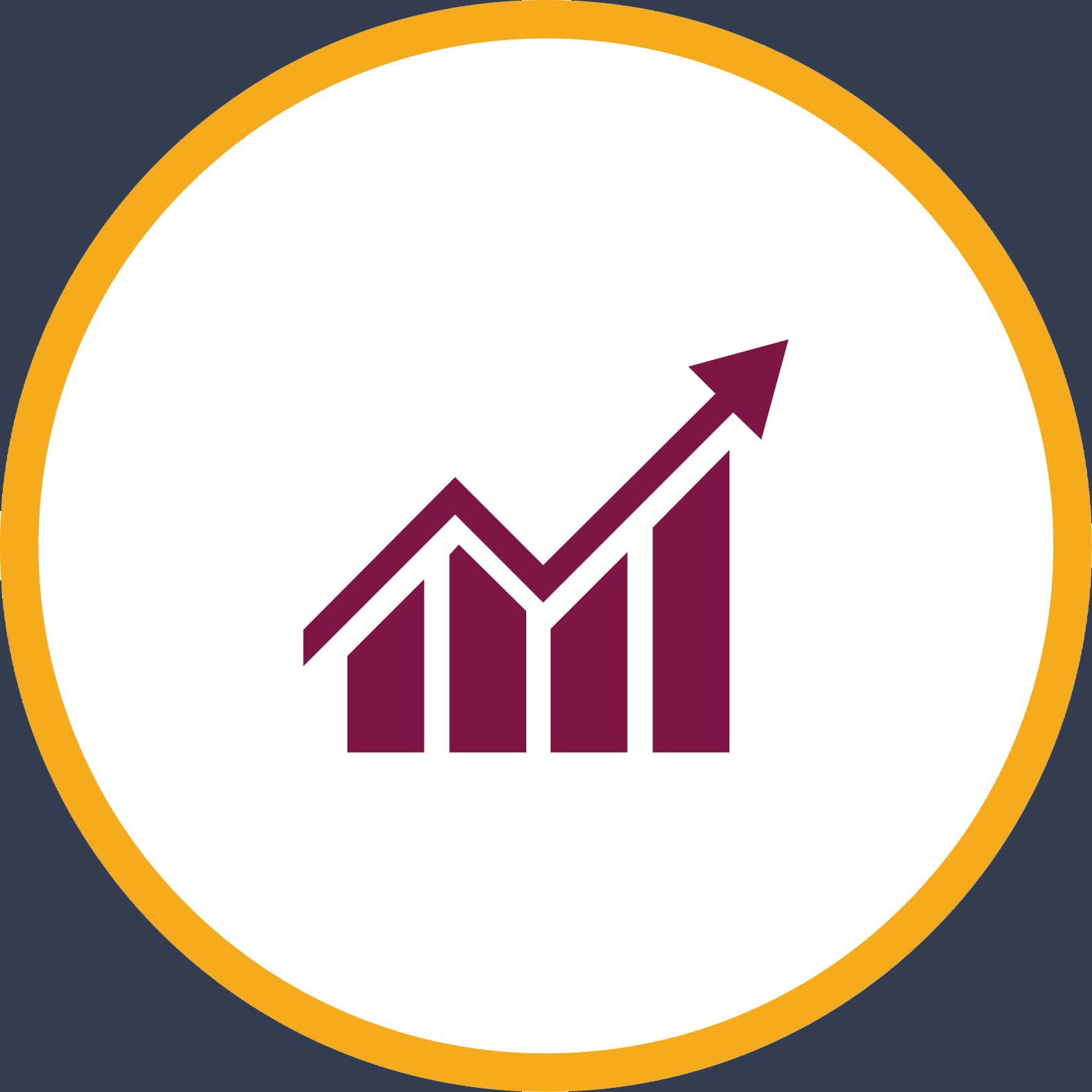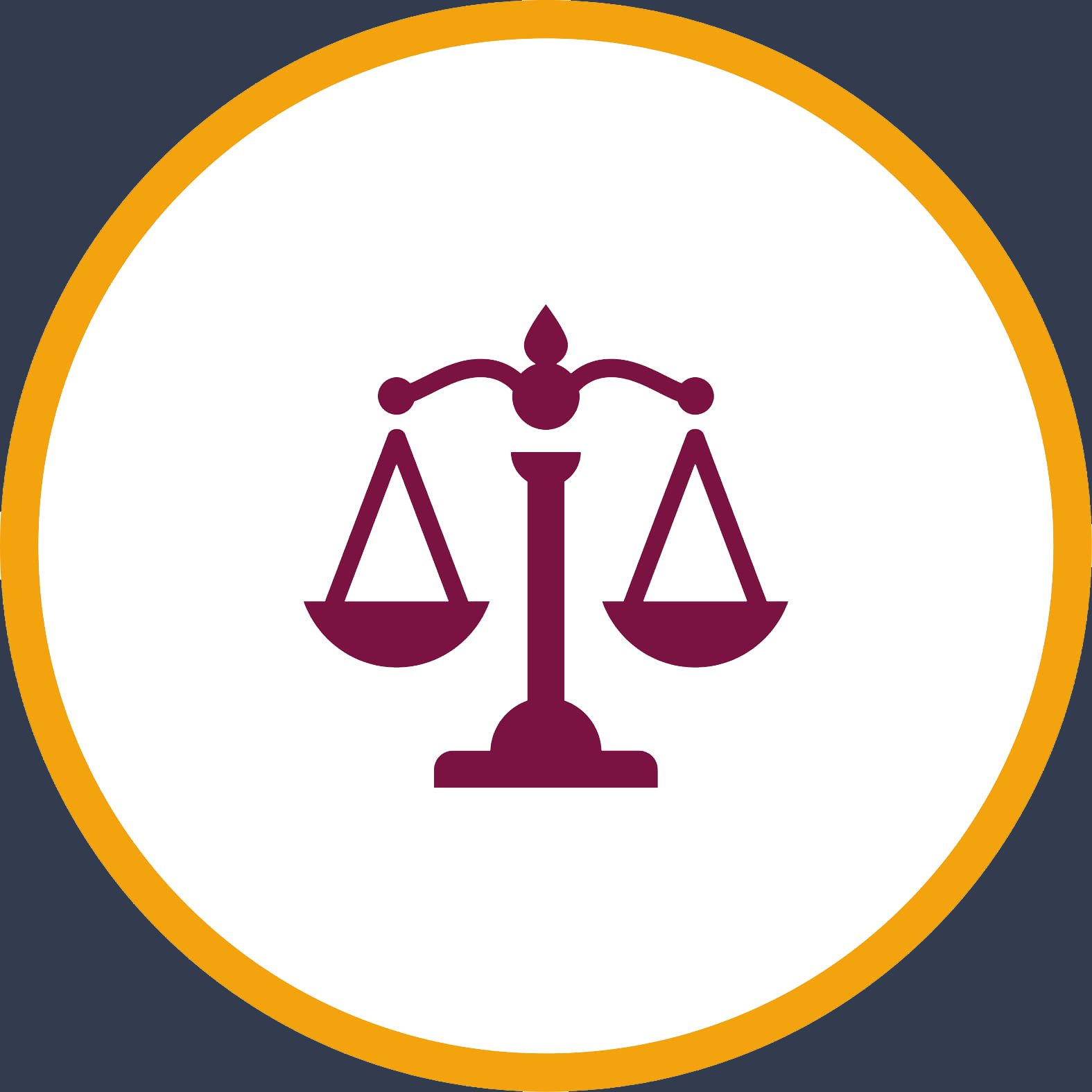| Course Name: |
BIOSTATISTIC |
| Code |
Regular Semester |
Theoretical |
Practical |
Credits |
ECTS |
| BIO 406 |
8 |
3 |
– |
3 |
4 |
|
| Name of Lecturer(s): |
Saber Wasman |
| Teaching Assistant: |
Saber Wasman Hamad |
| Course Language: |
English |
| Course Type: |
Main |
| Office Hours |
3 |
| Contact Email: |
[email protected]
Tel:07504601381 |
| Teacher’s academic profile: |
BSc Plant Production MSc Plant Allelopathy PhD Plant Physiology |
| Course Objectives: |
Biostatistics is essential to ensuring that findings and practices in public health and biomedicine are supported by reliable evidence. This course covers the basic tools for the collection, analysis, and presentation of data in all fields of health. This course is intended to provide an overview of the basic statistical concepts and terms and the role that statistics play in promoting scientific discovery and wisdom. Also, this course is designed to provide students with basic principles of statistical procedures, understanding the ideas, methods used and their applications. Topics covered include: general principles of statistics and biostatistics; sampling techniques; descriptive statistics; inferential statistics; hypothesis testing; review of methods for comparison of discrete and continuous data including t-test, and correlation. |
| Course Description (Course overview): |
This introductory course is designed to give students the basic skills to organize and summarize data, along with an introduction to the fundamental principles of statistical inference. The course emphasizes an understanding of statistical concepts and interpretation of numeric data summaries along with basic analysis methods, using examples and exercises from medical and public health studies. The course does not require a high-level mathematics background, and will highlight the use and integration of statistical software, spreadsheets and word processing software in conducting and presenting data summaries and analyses. |
COURSE CONTENT
| Week |
Hour |
Date |
Topic |
| 1 |
3 |
2-6/10/2022 |
Introduction to biostatistics |
| 2 |
3 |
9-13/10/2022 |
Data display, Types of data, Graphical representation |
|
| 3 |
3 |
16-20/10/2022 |
Frequency distribution, Measures of central tendency |
| 4 |
3 |
23-27/10/2022 |
Measures of dispersion, Coefficient of variation |
|
| 5 |
3 |
30/10-3/11/2022 |
Data presentation |
| 6 |
3 |
6-10/11/2022 |
Measures of variability |
|
| 7 |
3 |
13-17/11/2022 |
Midterm Exam |
| 8 |
3 |
20-24/11/2022 |
Data Distribution |
|
| 9 |
3 |
27/11-1/12/2022 |
Data Distribution |
| 10 |
3 |
4-8/12/2022 |
Correlation and Simple Linear Regression, examples |
|
| 11 |
3 |
11-15/12/2022 |
Testing Statistical Hypotheses |
| 12 |
3 |
18-22/12/2022 |
Testing Statistical Hypotheses |
|
| 13 |
3 |
25-29/12/2022 |
Chi-Square Test |
| 14 |
3 |
1-5/1/2023 |
Chi-Square Test |
|
| 15 |
3 |
8-12/1/2023 |
Final Exam |
| 16 |
3 |
15-19/1/2023 |
Final Exam |
|
|
COURSE/STUDENT LEARNING OUTCOMES
|
|
| 1 |
Demonstrate the statistical methods for data collection, summarisation, tabulation, presentation and analysis. |
| 2 |
Apply manual calculation for descriptive and inferential tests. |
| 3 |
Apply certain statistical tests for data . |
| 4 |
Deal with different data sets. |
| 5 |
Student preparation for analyzing DATA |
|
COURSE’S CONTRIBUTION TO PROGRAM OUTCOMES
(Blank : no contribution, I: Introduction, P: Profecient, A: Advanced )
|
Program Learning Outcomes |
Cont. |
| 1 |
Write accurately and clearly about biology topics that conform to the scientific conventions of that field. |
I |
| 2 |
Describe the molecular components of living things, their heredity transformations and the main concerns in these biological process |
|
| 3 |
Identify and analyze the microorganisms including bacteria, fungi and virus and their roles in nature. |
|
| 4 |
Characterize the features of plant organs/tissues/cells/organelles involved in cellular respiration, photosynthesis, reproduction and growth. |
|
| 5 |
Describe the micro and macro anatomy of the living systems and recognize the relationship between structure and function at all biological systems and levels. |
|
| 6 |
Apply safety and proper techniques in the laboratory, and report the results of conducted experiments. |
I |
| 7 |
Use appropriate methods and techniques to improve their students’ critical thinking, creative thinking and problem-solving skills. |
P |
| 8 |
Effectively organize and manage classrooms. |
P |
| 9 |
Use required methods and techniques for student-centered teaching by considering individual and cultural differences of students. |
P |
| 10 |
Develop research studies that applies quantitative or qualitative research methods that address research questions in the field. |
P |
|
| Prerequisites (Course Reading List and References): |
1. Daniel W. 2009. Biostatistics: A foundation for analysis in the health sciences. John Wiley & Sons, Inc. 2. Petrie, A and Sabin C. 2005. Medical Statistics at a Glance (2nd edition). Blackwell Publishing Ltd. 3. Dunn, O and Clark V. 2009. Basic statistics: a primer for the biomedical sciences (4th edition).John Wiley & Sons, Inc. 4. Marc M.; Triola D and Mario F. 2006. Biostatistics for the biological and health sciences. 5. Prasad, S. 2009. Elements of Biostatistics. |
| Student’s obligation (Special Requirements): |
Students should: – Attend all the lectures, if possible. – Perform daily assignments or homework given for every statistical equation. – Perform sudden quizzes during lectures or quizzes that might be announced in advance. – Perform midterm exam. – Perform Final exam. – Students should be active and participate during lectures upon which assessment will be made. |
| Course Book/Textbook: |
1. Daniel W. 2009. Biostatistics: A foundation for analysis in the health sciences. John Wiley & Sons, Inc. 2. Petrie, A and Sabin C. 2005. Medical Statistics at a Glance (2nd edition). Blackwell Publishing Ltd. 3. Dunn, O and Clark V. 2009. Basic statistics: a primer for the biomedical sciences (4th edition).John Wiley & Sons, Inc. 4. Marc M.; Triola D and Mario F. 2006. Biostatistics for the biological and health sciences. 5. Prasad, S. 2009. Elements of Biostatistics. |
| Other Course Materials/References: |
Lecture notes |
| Teaching Methods (Forms of Teaching): |
Lectures, Exercises, Project, Assignments, , , |
COURSE EVALUATION CRITERIA
| Method |
Quantity |
Percentage (%) |
| Participation |
1 |
5 |
| Quiz |
2 |
10 |
| Homework |
2 |
5 |
| Midterm Exam |
1 |
25 |
| Final Exam |
1 |
40 |
| Total |
100 |
|
Examinations: Essay Questions, True-False, Short Answers, Matching, , , |
|
| Extra Notes:
|
ECTS (ALLOCATED BASED ON STUDENT) WORKLOAD
| Activities |
Quantity |
Workload Hours for 1 quantity* |
Total Workload |
| Theoretical Hours |
16 |
3 |
48 |
| Practical Hours |
16 |
0 |
0 |
| Final Exam |
1 |
10 |
10 |
| Participation |
1 |
2 |
2 |
| Quiz |
2 |
10 |
20 |
| Homework |
2 |
8 |
16 |
| Midterm Exam |
1 |
10 |
10 |
| Total Workload |
106 |
| ECTS Credit (Total workload/25) |
4 |
|

